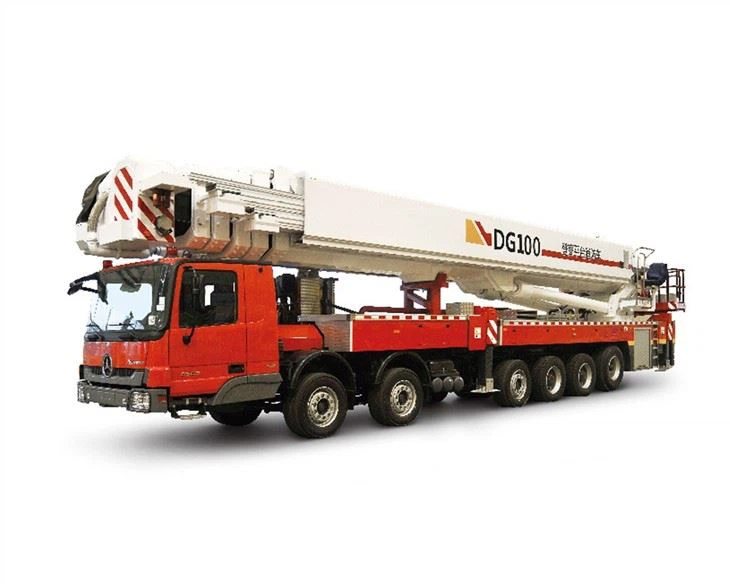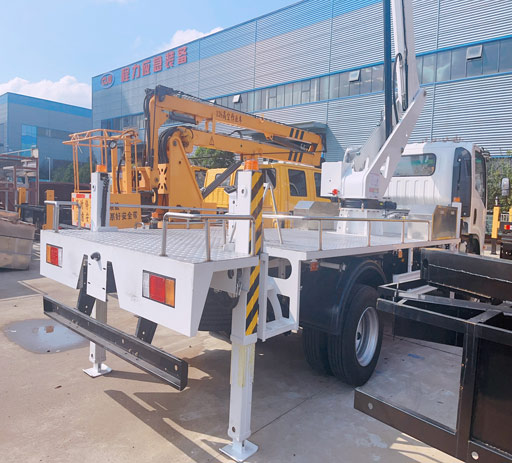History of Auto Manufacturing: A Journey Through Time

Introduction
The history of auto manufacturing is a fascinating narrative that traces the evolution of mobility, innovation, and society itself. From the first steam-powered vehicles to today’s high-tech electric cars, the automobile industry has undergone transformative changes that reflect advancements in technology, shifts in consumer behavior, and broader socio-economic factors. This article delves deep into the rich tapestry of auto manufacturing history, exploring its key milestones, influential figures, manufacturing techniques, and its impact on the world.
Early Innovations in Vehicle Design
The Birth of the Automobile
The concept of the automobile dates back to the late 18th century with the invention of the first steam-powered vehicle by Nicolas-Joseph Cugnot in 1769. Following this, several inventors and engineers sprouted ideas leading to the birth of various early automobiles. Some key milestones include:
- William Murdoch developed a steam-driven vehicle in 1784.
- Gottlieb Daimler created the first high-speed petrol engine in 1885.
- In 1886, Karl Benz is credited with creating the first true automobile, the Benz Patent Motorwagen.
Early Production Techniques
Before the assembly line, automobiles were handcrafted, making them expensive and accessible primarily to the wealthy. Craftsmen built cars individually, and parts were not standardized.
Challenges Faced
These early manufacturers faced numerous obstacles, including lack of infrastructure, limited materials, and high costs. The widespread adoption of automobiles was hindered until production processes evolved.
The Rise of Mass Production
The Ford Model T Revolution
Henry Ford’s introduction of the moving assembly line in 1913 marked a significant shift in auto manufacturing. The Ford Model T became a symbol of affordable transportation.
Impact of the Assembly Line
The implementation of the assembly line allowed for:
- Increased production speed and efficiency.
- Reduced manufacturing costs.
- Lower prices for consumers, making cars accessible to the general public.
Standardization in Auto Manufacturing
Ford’s focus on standardized parts allowed for interchangeable components, which simplified repairs and reduced costs. Other manufacturers followed suit, leading to a more organized production process across the industry.
Global Expansion of the Auto Industry
European Influences
The automobile industry expanded rapidly in Europe, with notable brands emerging, such as Peugeot, Renault, and Fiat. These companies adopted techniques from American manufacturers but also brought unique designs and features.
Japanese Innovations
In the latter half of the 20th century, Japan’s automotive industry, led by companies like Toyota, Honda, and Nissan, revolutionized manufacturing with methods such as Just-In-Time (JIT) production, which minimized inventory costs.
Key Innovations from Japan:
- Quality Control Circles aimed at continuous improvement.
- Focus on reliability and fuel efficiency.
The Impact of Technology on Auto Manufacturing
The Digital Age and Automation
The automotive industry has embraced technology at an unprecedented rate in the 21st century. Robotics and automation play crucial roles in modern manufacturing processes, enhancing precision and reducing labor costs.
Examples of Automation:
| Technology | Application |
|---|---|
| Robotic Arms | Welding and painting of vehicles |
| 3D Printing | Prototyping and parts manufacturing |
| AI and Machine Learning | Predictive maintenance and quality assurance |
Electric Vehicles (EVs) and Sustainability
With growing environmental concerns, the industry has shifted its focus towards electric vehicles. Companies like Tesla and traditional manufacturers are investing heavily in EV technology.
Practical Tips for EV Adoption:
- Look for models with longer battery ranges for daily use.
- Check the availability of charging stations in your area.
- Consider government incentives for purchasing electric vehicles.
Modern Auto Manufacturing Practices
Lean Manufacturing
Lean manufacturing has become a cornerstone of modern auto production, emphasizing efficiency and waste reduction. This approach was popularized by Toyota and is now used globally.
Flexible Manufacturing Systems (FMS)
FMS allows manufacturers to produce varying models on the same assembly line, responding quickly to market demands and consumer preferences.
Advantages of FMS:
- Increased production flexibility.
- Reduced lead times for new models.
The Future of Auto Manufacturing
Autonomous Vehicles
Self-driving cars are at the forefront of automotive advancements, with companies like Waymo and Uber testing prototypes. These vehicles promise to change how we think about transportation.

Shared Mobility Solutions
With the rise of services like car-sharing and ride-hailing, the concept of car ownership is evolving rapidly. Manufacturers are adapting to this shift, placing more emphasis on software and connectivity.
Economic and Social Impacts of Auto Manufacturing

Job Creation and Economic Growth
The auto manufacturing industry is a significant contributor to the global economy, providing millions of jobs worldwide. From manufacturing to sales, the sector supports a wide range of employment opportunities.
Impact on Urban Development
Automobiles have transformed urban planning, influencing infrastructure development, city layouts, and transportation systems. The reliance on cars has transformed suburbs and urban areas, impacting social behavior and economic activity.
Urban Challenges:
- Traffic congestion and pollution.
- Infrastructure maintenance costs.
Conclusion
The history of auto manufacturing reflects our technological ambitions and societal aspirations. Continuous innovation has reshaped the industry, influencing everything from environmental policies to consumer preferences. As the auto industry gears up for electric and autonomous vehicles, its future promises to be just as dynamic as its past.
FAQs
What was the first automobile produced on a mass scale?
The Ford Model T, produced in 1908, was the first automobile manufactured on a mass scale and was instrumental in making cars affordable for the average consumer.
How did the assembly line revolutionize auto manufacturing?
The assembly line allowed for faster production rates, lower manufacturing costs, and improved efficiency, which made automobiles accessible to a broader market.

What challenges does the auto industry face today?
The auto industry faces significant challenges including adapting to electric vehicle production, navigating regulations, and addressing environmental concerns, alongside competition from tech companies in the field of autonomous driving.
How are electric vehicles changing the auto manufacturing landscape?
Electric vehicles are prompting manufacturers to rethink design, production processes, and supply chains, pushing for innovations in battery technology and sustainable practices.
What role does technology play in the future of auto manufacturing?
Technology will play a vital role in enhancing automation, improving safety, enabling connectivity features, and advancing sustainable manufacturing approaches in the future of auto manufacturing.
